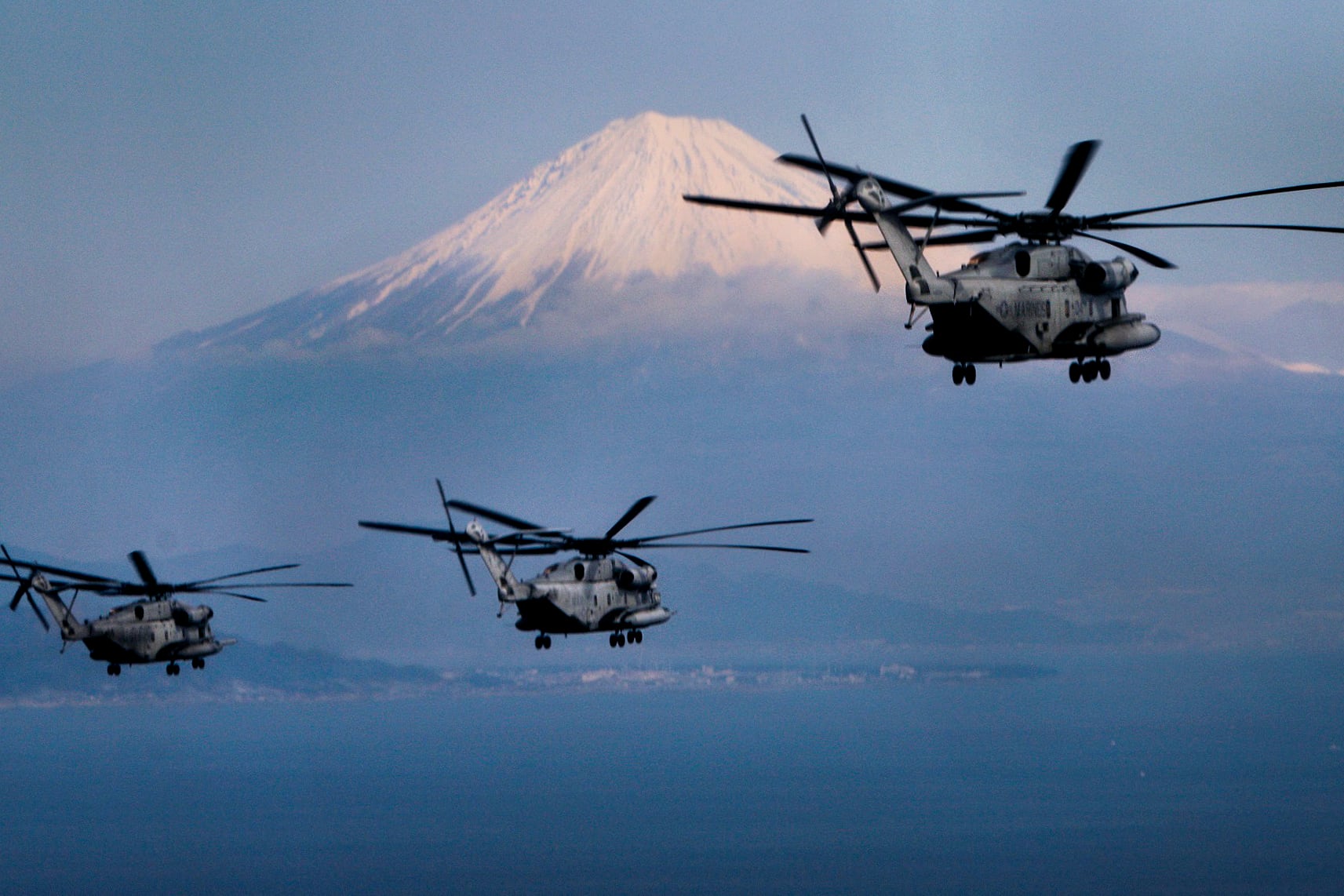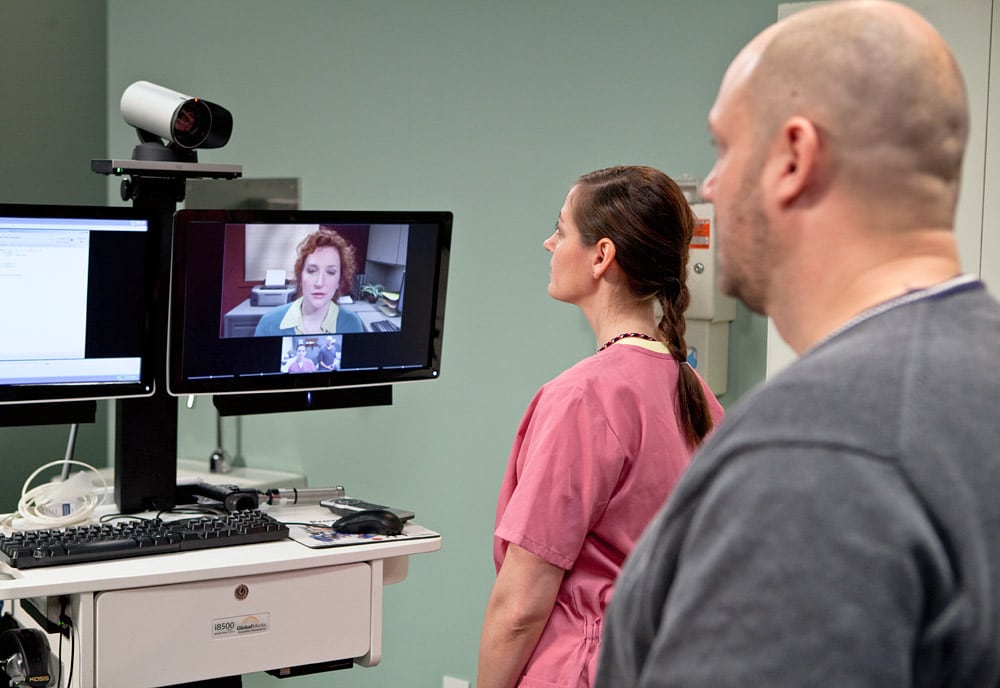In what seems to be becoming a routine event, the Marine Corps has suspended flight operations, this time for CH-53E Super Stallions on Okinawa.
The 96-hour pause comes after a helicopter caught fire and made an emergency landing on Wednesday, Corps officials announced Thursday.
“We will conduct a thorough investigation working closely with aircrew and maintenance experts to determine the cause of the incident,” a III Marine Expeditionary Force news release says.
“We will continue to share information with the government of Japan as details become available, while understanding that the investigation must be protected and cannot be released until complete.”
On Wednesday, the helicopter was forced to land in a field outside Okinawa’s Northern Training Area, after which local first responders doused the fire. The crew was evacuated by Navy Helicopter Sea Combat Squadron 21, said Lt. Gen. Lawrence Nicholson, III MEF commander.
RELATED
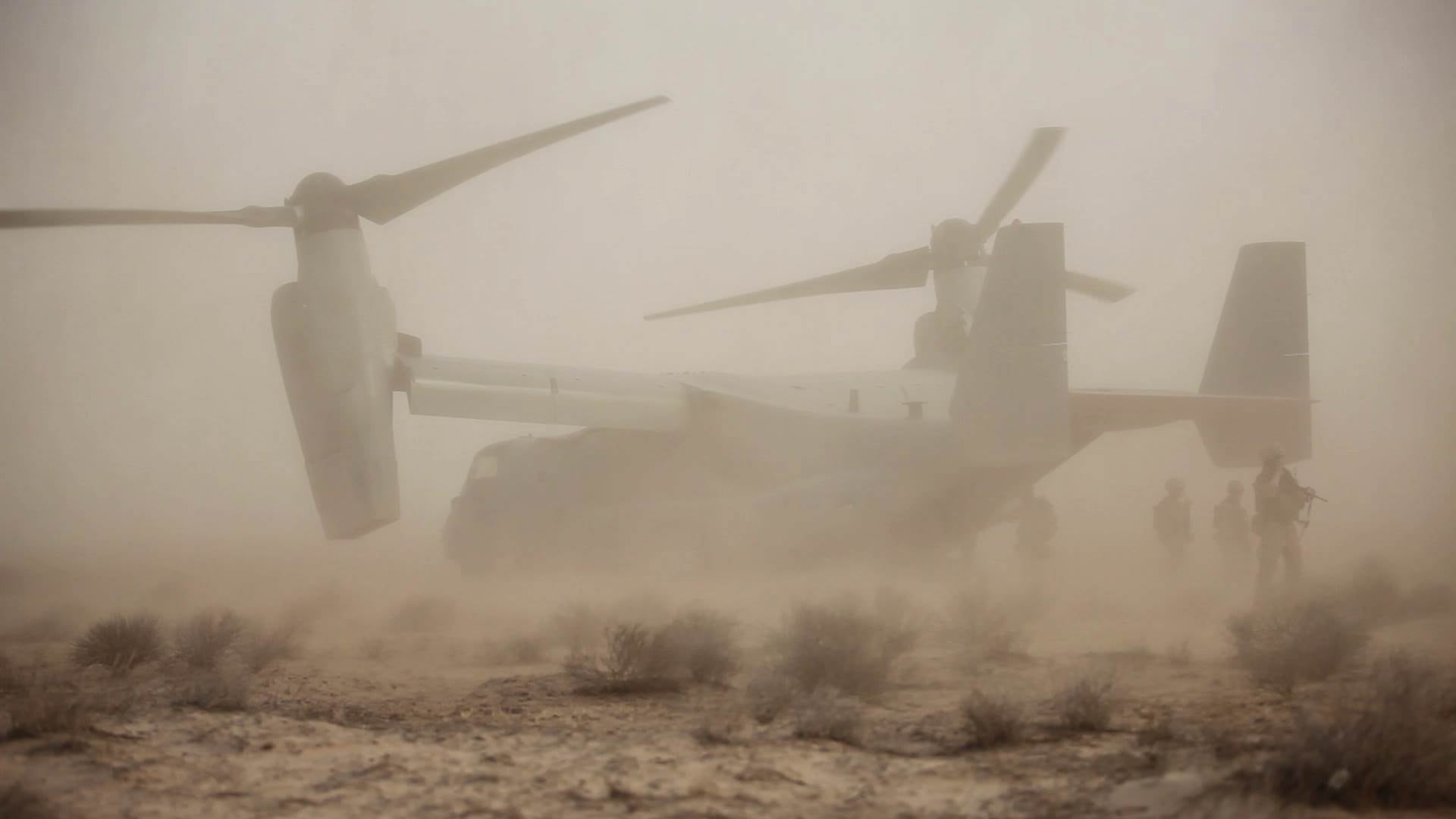
“This is a regrettable incident, and after the investigation is complete, those with property damage as a result of this incident will be appropriately compensated,” Nicholson said in the news release.
Given that the cause of Wednesday’s mishap has not yet been determined, it makes sense for the Marines to suspend flight operations, said Jeffrey Hornung, a political scientist at RAND Corp. who specializes in Japanese security issues.
The U.S. and Japanese governments both understand that Okinawans are very concerned about Marine aircraft crashing, Hornung told Marine Corps Times.
“That said, I wouldn’t say that this suspension is any sort of reaction from sudden pressure being applied by politicians or civilian groups in Okinawa,” Hornung said. “Rather, I believe it demonstrates the U.S. Marines Corps being cognizant of the concerns of their Japanese hosts and a sincere desire to prevent any further recurrence that could threaten the lives of not only Japanese citizens in Okinawa, but U.S. service men and women operating that equipment every day.”
RELATED
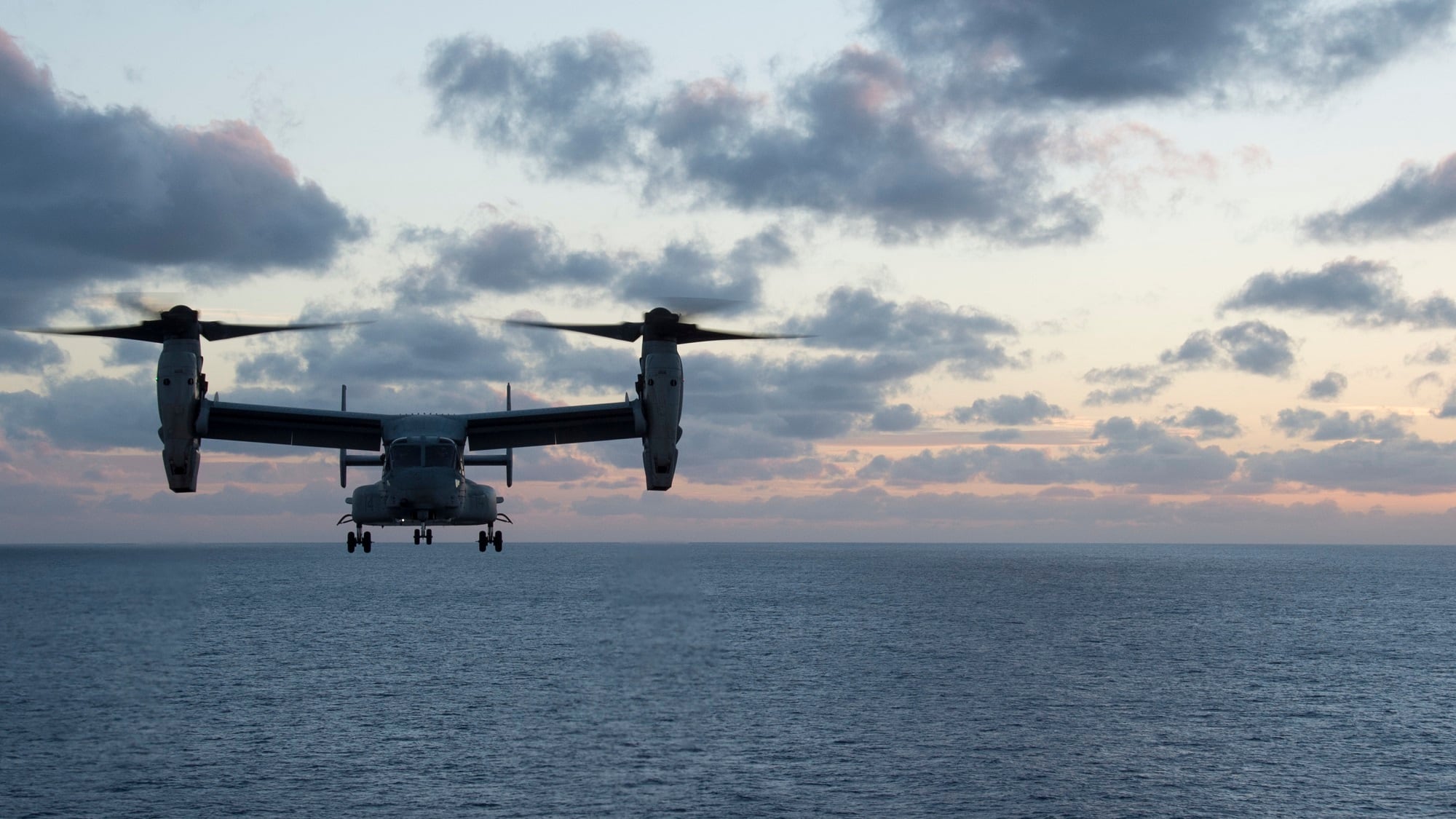
The operational pause has become common in Okinawa and elsewhere as Marine aviation has struggled with crashes and other types of mishaps.
Last year, III MEF suspended flight operations for AV-8B Harriers for two weeks following a Sept. 22 crash about 100 nautical miles east of Okinawa, and it suspended flight operations for MV-22B Ospreys for one week after an Osprey crashed in shallow water off Okinawa on Dec. 13.
Constant operations, budget cuts, delays in procuring new aircraft and other factors have all pushed Marine aviation into a crisis. A Marine aircraft has crashed every month since July, when a KC-130T crashed in Mississippi, killing 15 Marines and one sailor — the deadliest crash for Marine aviation since 2005. All 12 of the Corps’ KC-130Ts have remained grounded pending the crash investigation.
The following month, Marine Corps Commandant Gen. Robert Neller ordered all squadrons to suspend flight operations for 24 hours after an MV-22B Osprey crashed off Australia, killing three Marines.
RELATED
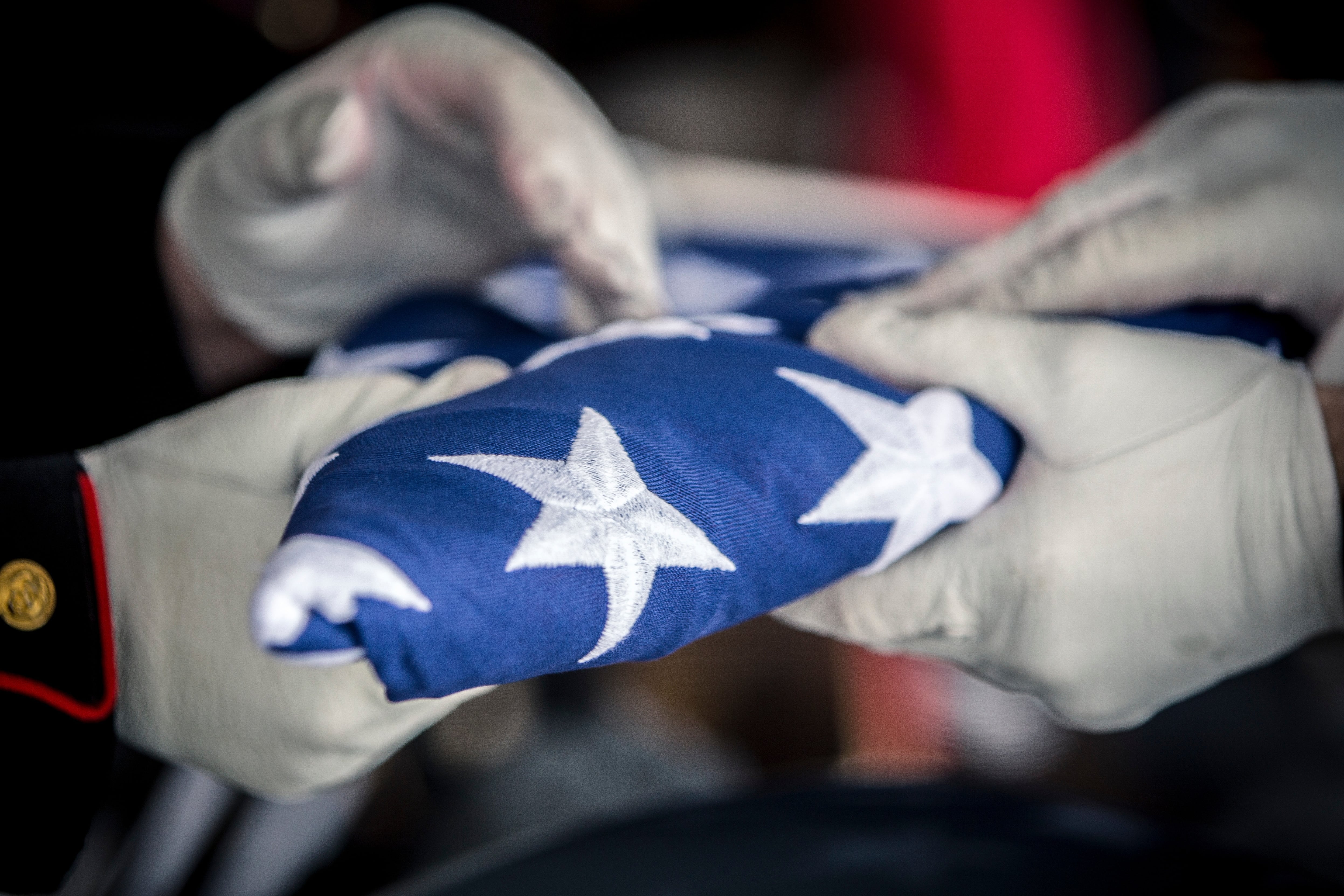
The CH-53E fleet has faced the most serious readiness problems of all Marine Corps aircraft due to its age, its constant use in the Middle East and Southwest Asia since 2001 and a lack of spare parts. The Corps is in the process of repairing and refurbishing all 146 of its Super Stallions.
A major factor that has hurt readiness for all Marine Corps aircraft is that the Corps lost many experienced maintainers during the last drawdown, the head of Marine aviation at the time said in February.
“We let some people go that probably — if we had better insight into who we had out there and the qualifications of those Marines inside the maintenance departments of our flying units — you’d say: ‘These people can’t go,’” Lt. Gen. Jon Davis said.
Davis retired in July, just hours before the KC-130T crash. In a retirement letter released to the public, Davis wrote that five readiness reviews conducted since 2014 had found Marine aviation did not have enough highly skilled maintainers.
“I’ve learned as the Marine Corps deputy commandant for aviation that it is the imperative to have high-quality, highly trained, motivated and incentivized Marines in the right qualification density to meet and exceed our readiness requirements,” Davis wrote.
